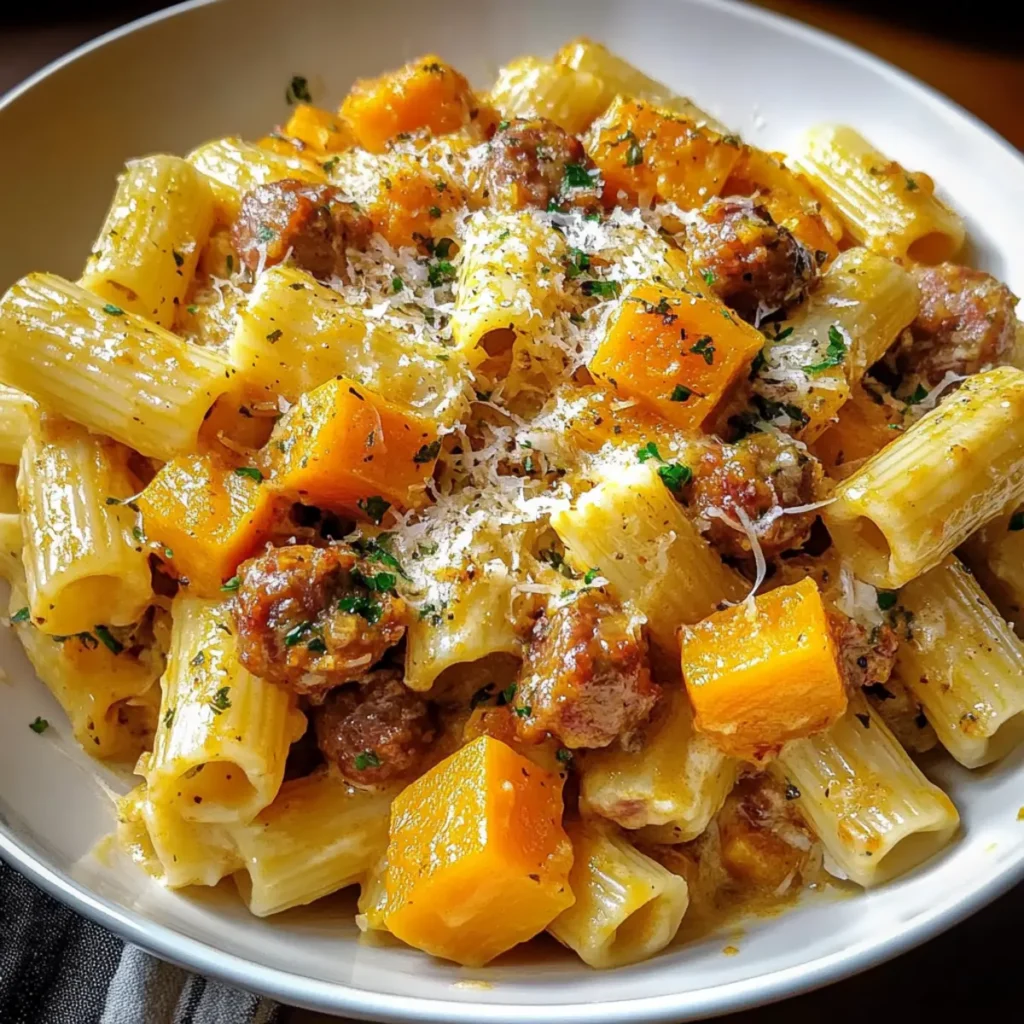Korean cuisine is celebrated for its perfect balance of heat, sweetness, and umami, and these Korean Spicy Pork Bowls encapsulate all of these elements in one satisfying dish. Inspired by the famous Bulgogi but with a fiery twist, this dish delivers an explosion of flavors with every bite.
Marinated in a rich blend of gochujang, garlic, soy sauce, and fresh fruit, the pork is tender, juicy, and packed with flavor. Served over rice and noodles, then drizzled with sriracha mayo and teriyaki sauce, this dish is a perfect fusion of textures and tastes. Whether you’re a spice lover or looking for a new favorite takeout alternative, this meal is guaranteed to impress.
In this article, we’ll explore everything you need to know about Korean Spicy Pork Bowls, including their origins, cooking tips, variations, and frequently asked questions.
The Origins of Korean Spicy Pork (Bulgogi with a Kick)
The term Bulgogi translates to “fire meat” in Korean, referring to thinly sliced, marinated meat cooked over high heat. Traditionally, Bulgogi is made with beef and a sweet soy-based marinade. However, the spicy pork variation, often called Jeyuk Bokkeum, features gochujang, a fermented red chili paste that adds a unique depth of heat and flavor.
This dish is popular in Korea, often served as a rice bowl or wrapped in lettuce leaves for a low-carb option. While authentic versions sometimes incorporate cabbage and sweet potato noodles, this recipe keeps it simple with rice noodles and white rice, allowing the spicy pork to take center stage.
Why This Recipe Works
This dish is more than just a spicy meal; it’s a perfectly balanced dish that hits all the right notes.
- Savory Depth – The combination of soy sauce, garlic, and sesame oil creates a deeply savory flavor.
- Sweet Contrast – The grated apple and pear naturally tenderize the meat while adding a subtle sweetness that balances the heat.
- Heat & Spice – Gochujang brings a smoky, fermented heat that doesn’t just burn but enhances the dish’s overall complexity.
- Textural Variety – The blend of tender pork, soft rice, and chewy rice noodles makes every bite dynamic and exciting.
Flavor-Packed Essentials (Ingredients)
For the Pork Marinade:
- 1 lb pork loin, thinly sliced
- ½ cup gochujang (Korean red chili paste)
- 5 cloves garlic, minced
- 1 tbsp grated ginger
- 1 small onion, grated
- 1 pear, grated
- 1 Fuji apple, grated
- ½ cup soy sauce
- 1 tbsp sesame oil
- 1 tbsp sugar
- ⅓ cup green onions, chopped
- ½ tsp black pepper
For the Bowls:
- 1 lb rice noodles, prepared per package directions
- 2-3 cups cooked white rice
- Sriracha mayo (store-bought or homemade)
- Teriyaki sauce
- White sesame seeds
- Green onions, sliced
Crafting the Perfect Bowl (Directions)
Step 1: Marinate the Pork
- Place sliced pork in a large zip-top bag.
- In a bowl, whisk together all marinade ingredients.
- Pour marinade over the pork, seal the bag, and mix well to coat.
- Refrigerate for at least 6-8 hours (overnight is best for maximum flavor).
Step 2: Cook the Pork
- Heat a large skillet over medium-high heat.
- Add the pork along with the marinade.
- Cook until pork is fully cooked and tender, about 10-12 minutes.
Step 3: Assemble the Bowls
- Start with a base of white rice in a serving bowl.
- Add a portion of prepared rice noodles.
- Top with the cooked spicy pork.
- Drizzle with sriracha mayo and teriyaki sauce.
- Garnish with sesame seeds and sliced green onions.
Nutritional Breakdown (Per Serving)
- Calories: 650 kcal
- Carbohydrates: 99g
- Protein: 20g
- Fat: 19g
- Saturated Fat: 6g
- Cholesterol: 54mg
- Sodium: 1268mg
- Potassium: 492mg
- Fiber: 4g
- Sugar: 11g
- Vitamin A: 115 IU
- Vitamin C: 9.5 mg
- Calcium: 51 mg
- Iron: 2.2 mg
Tips for Perfecting Korean Spicy Pork Bowls
Achieving restaurant-quality results at home is easier than you think. Here are some essential tips to elevate your dish:
1. Choose the Right Cut of Pork
Thinly sliced pork loin is ideal for this recipe because it absorbs the marinade quickly and cooks fast. You can also use pork shoulder for a more tender and fatty option. If you’re short on time, some Asian grocery stores sell pre-sliced pork for stir-frying.
2. Marinate for Maximum Flavor
Marinating the pork for at least 6-8 hours (or overnight) is key to achieving depth of flavor. The fruit in the marinade naturally breaks down the meat’s fibers, resulting in an incredibly tender bite.
3. Cook Over High Heat
For that signature Korean BBQ-style sear, cook the pork in a hot skillet or wok. A high heat caramelizes the marinade, intensifying the flavors and adding a slight crispiness to the edges.
4. Balance the Spice Level
While this recipe includes a moderate amount of heat, you can adjust it to your liking. Reduce the gochujang for a milder flavor, or add Korean red pepper flakes (gochugaru) for an extra kick.
5. Customize Your Toppings
This dish is incredibly versatile, and you can personalize it with your favorite toppings:
- Crunch Factor – Add shredded cabbage or kimchi for a fresh contrast.
- Extra Heat – Drizzle with extra sriracha or chili oil.
- Creaminess – A fried egg on top takes this dish to the next level.
Variations and Substitutions
This recipe is adaptable for different dietary preferences and ingredient availability. Here are some ways to customize it to your taste:
1. Protein Alternatives
- Chicken – Swap pork for boneless chicken thighs for a juicier texture.
- Beef – Thinly sliced ribeye or sirloin works just as well.
- Tofu or Mushrooms – For a vegetarian option, firm tofu or shiitake mushrooms can absorb the marinade beautifully.
2. Low-Carb or Gluten-Free Options
- Lettuce Wraps – Skip the rice and noodles and serve the pork in crisp lettuce cups for a lighter alternative.
- Cauliflower Rice – Substitute white rice with cauliflower rice for a low-carb version.
- Tamari or Coconut Aminos – Use these in place of soy sauce for a gluten-free adaptation.
3. Make It a Meal Prep Favorite
This dish stores well and can be used for meal prepping. Store the cooked pork separately from the rice and noodles, then reheat as needed throughout the week.
Frequently Asked Questions (FAQs)
1. Can I make this dish less spicy?
Absolutely! Reduce the gochujang or substitute with a milder sauce like hoisin sauce. You can also balance out the heat with extra teriyaki sauce or honey.
2. What can I use instead of gochujang?
If you can’t find gochujang, try a blend of sriracha, miso paste, and a touch of brown sugar for a similar depth of flavor.
3. How long should I marinate the pork?
For the best flavor, overnight is ideal, but if you’re short on time, 6-8 hours is sufficient. If you’re in a rush, even 1-2 hours will still yield good results.
4. Can I grill the pork instead of pan-frying?
Yes! Grilling adds a delicious charred flavor. Use a grill pan or outdoor grill and cook over medium-high heat for about 3-4 minutes per side.
5. How do I store leftovers?
Store leftover pork, rice, and noodles separately in airtight containers in the fridge for up to 4 days. Reheat in a skillet or microwave before serving.
6. Can I freeze the marinated pork?
Yes! Place the pork and marinade in a freezer-safe bag and freeze for up to 3 months. Thaw overnight in the fridge before cooking.
Final Thoughts: A Must-Try Fusion Dish
Korean Spicy Pork Bowls are a perfect balance of heat, sweetness, and umami, making them a must-try dish for anyone who loves bold flavors. Whether you stick to the original recipe or customize it to your liking, this dish is sure to become a staple in your meal rotation.
With easy preparation, simple ingredients, and the flexibility to adjust spice levels and toppings, this dish is perfect for weeknight dinners, meal prep, or impressing guests with a taste of Korean-inspired cuisine.
So next time you’re craving something hearty, flavorful, and satisfying, skip the takeout and make these delicious Korean Spicy Pork Bowls right in your own kitchen. Your taste buds will thank you!
Print
Korean Spicy Pork Bowls: A Bold and Flavorful Culinary Experience
- Total Time: 22 minutes (excluding marination)
- Yield: 4 servings
Description
Experience the bold flavors of Korean cuisine with these Korean Spicy Pork Bowls! Juicy, marinated pork infused with gochujang, soy sauce, garlic, and fresh fruit is cooked to perfection and served over rice and noodles. Drizzled with sriracha mayo and teriyaki sauce, this dish is an irresistible fusion of sweet, spicy, and savory flavors—perfect for a quick weeknight meal or a flavorful meal prep option.
Ingredients
For the Pork Marinade:
- 1 lb pork loin, thinly sliced
- ½ cup gochujang (Korean red chili paste)
- 5 cloves garlic, minced
- 1 tbsp grated ginger
- 1 small onion, grated
- 1 pear, grated
- 1 Fuji apple, grated
- ½ cup soy sauce
- 1 tbsp sesame oil
- 1 tbsp sugar
- ⅓ cup green onions, chopped
- ½ tsp black pepper
For the Bowls:
- 1 lb rice noodles, prepared per package directions
- 2–3 cups cooked white rice
- Sriracha mayo (store-bought or homemade)
- Teriyaki sauce
- White sesame seeds
- Green onions, sliced
Instructions
Step 1: Marinate the Pork
- Place the thinly sliced pork in a large zip-top bag or bowl.
- In a separate bowl, mix gochujang, garlic, ginger, onion, pear, apple, soy sauce, sesame oil, sugar, green onions, and black pepper.
- Pour the marinade over the pork, ensuring it’s fully coated.
- Cover and refrigerate for at least 6-8 hours, preferably overnight.
Step 2: Cook the Pork
- Heat a large skillet over medium-high heat.
- Add the pork along with the marinade and cook for 10-12 minutes, stirring occasionally until fully cooked and caramelized.
Step 3: Assemble the Bowls
- Add cooked white rice to a serving bowl.
- Layer with rice noodles.
- Top with the spicy pork.
- Drizzle with sriracha mayo and teriyaki sauce.
- Garnish with sesame seeds and sliced green onions.
- Serve hot and enjoy!
Notes
- Protein Swap: Use chicken, beef, or tofu instead of pork.
- Spice Level: Adjust gochujang for a milder or spicier kick.
- Low-Carb Option: Swap rice and noodles for lettuce wraps or cauliflower rice.
- Meal Prep: Store cooked pork separately in an airtight container for up to 4 days.
- Freezing: Marinated pork can be frozen for up to 3 months—thaw overnight before cooking.
- Prep Time: 10 minutes (plus marinating time)
- Cook Time: 12 minutes
- Category: Main Course
- Method: Stovetop
- Cuisine: Korean-Inspired






